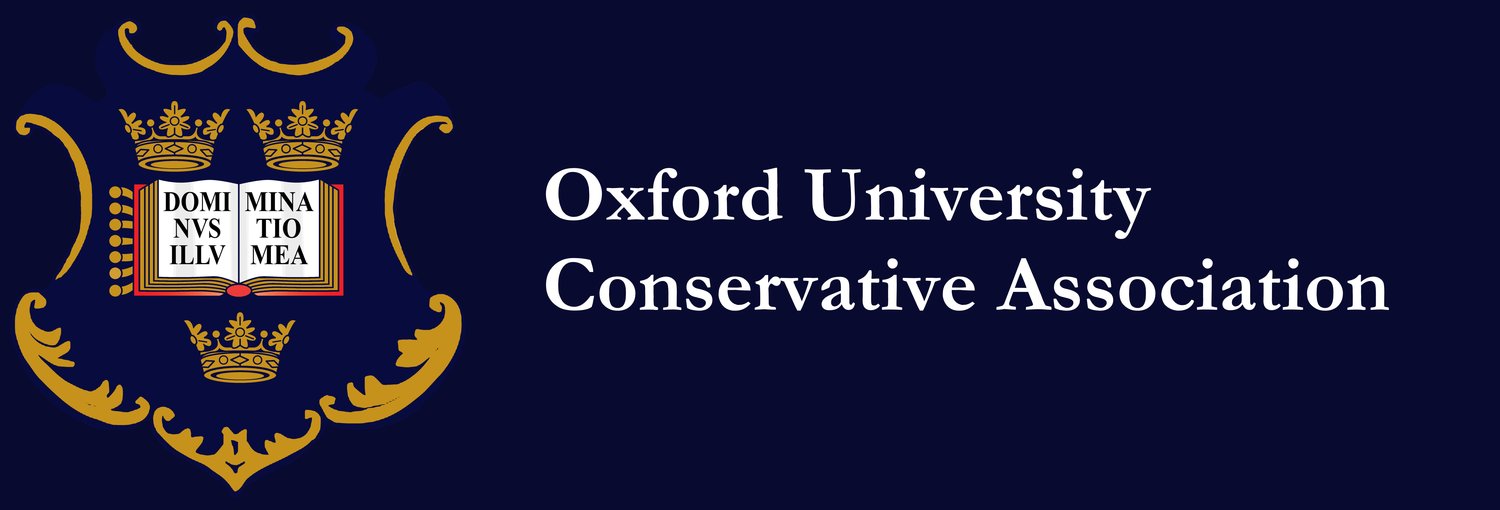Reflections on Artistic Decline
/When Constantine, having swept through the empire in triumph and vanquished his rivals, finally captured Rome from Maxentius, he decided to construct a great triumphal arch between the Palatine and the Colosseum. Built in a space surrounded by older works of architectural beauty, depictions of the titans of the old Rome, he wanted it to convey the key tenets of his own reign: from the inscription referring to his own divine inspiration to depictions of imperial grandeur, it was to be the culmination of his victorious tour of the provinces and a final portrayal of his unquestioned power.
Looking over the artisans and sculptors he had available to complete this task, however, he realised that he had encountered a problem: the state of the arts in the empire had declined so seriously that the arch, with its unnatural-looking figures in close array, lacking any sense of space or movement, limbs compressed and bodies bent unnaturally, would contrast so appallingly with the beauty of the surrounding monuments that it would reflect rather more on the decline of the empire he ruled than on any revival he may have considered himself to have occasioned.
Constantine, alas, had good sense: in a shameful admission of inferiority, he stripped the arches of Trajan, Hadrian and Marcus Aurelius and simply transferred their reliefs onto his new creation. Thus, an Emperor, who, as Gibbon says, had never carried his arms beyond the Euphrates, is shown aloft on his horse, ranks of Parthian captives prostrate at his feet, and the countenance of Trajan can still be discerned on figures intended to portray the conquering Constantine. The Constantinian carvings, kept to a respectable minimum, betray a crudeness and unskilfulness which shames the age and the condition of its arts.
If only the purveyors of modern architecture, who so often feel the need to blight Oxford Colleges, were so self-conscious of their dire creations! If only they too were prepared to make their buildings, which they cannot seem to make attractive, at least inconspicuous!
Walking to Jesus College through Cornmarket Street, I remain struck by the Cubist monstrosity that is the Northgate building. With its bizarre windows, strange and angular, its total lack of symmetry and proportion and its bare and unadorned corner tower, it is a kind of behemoth of blandness, a building whose aggressive lack of charm makes it all the more obvious in a street that, despite the best efforts of bureaucrats from Macmillan onwards, has retained a great deal of attractiveness and proportion.
It did not have to be this way. One need look only at Trinity and its rather lovely Levine building or Exeter with its new Cohen Quad, an effective if imperfect blending of the old and the new. In a field where so little has been achieved, and so much abandoned, over the last few decades, it is perhaps best to focus on modesty and proportion rather than jarring displays of doubtful skill. Between Northgate and Trinity, I am certain where I place my choice.
